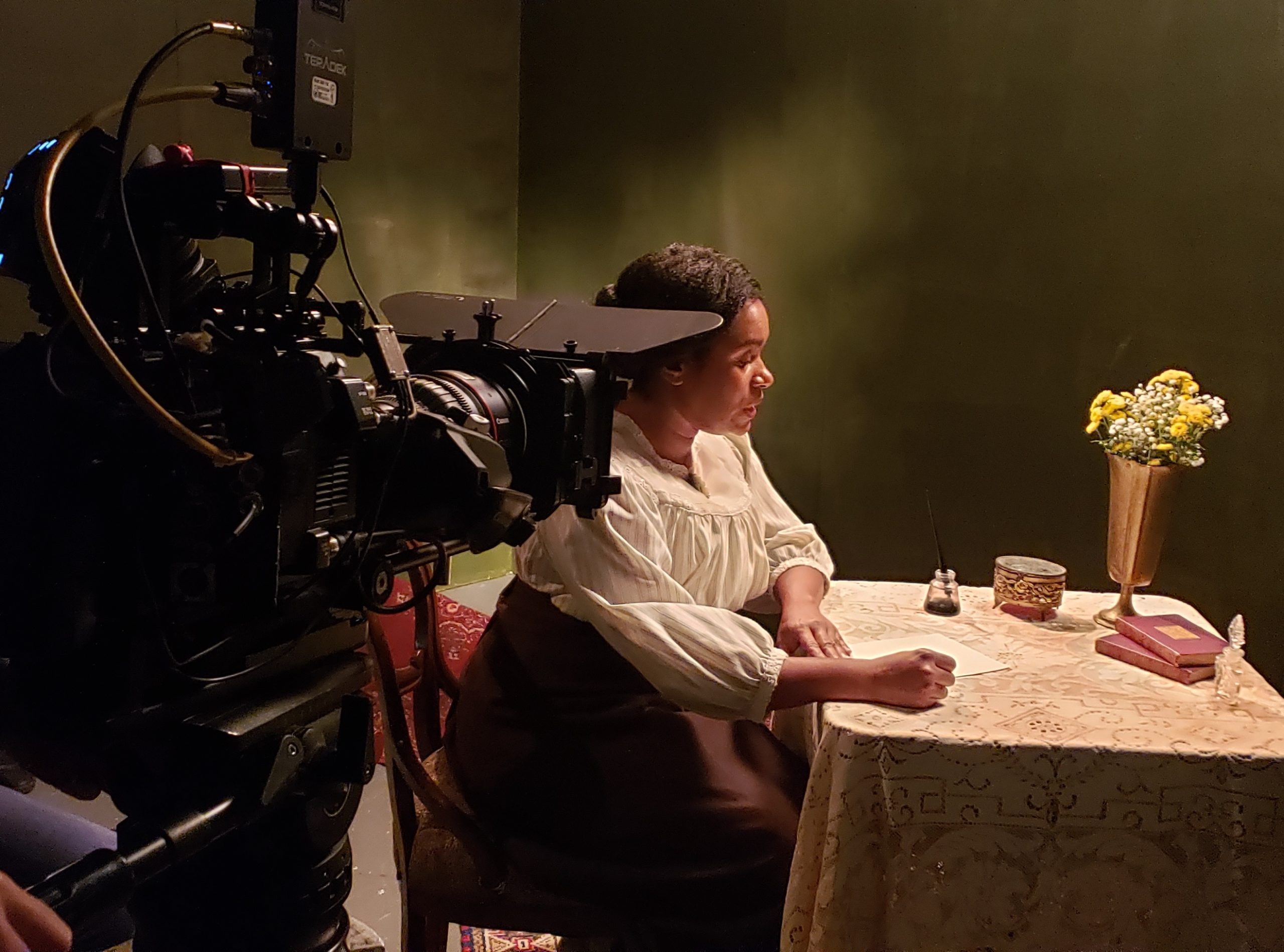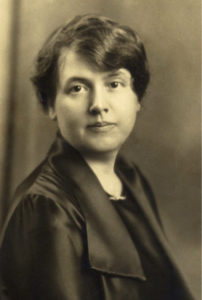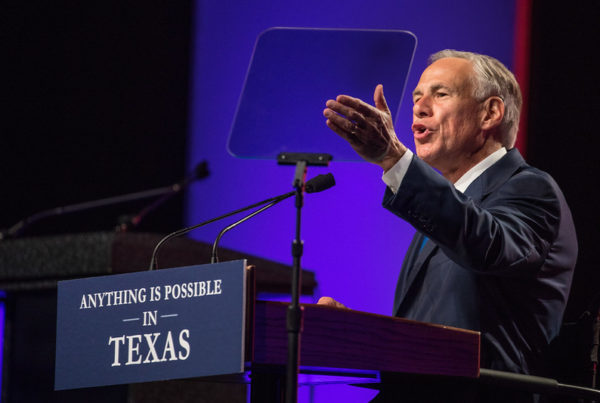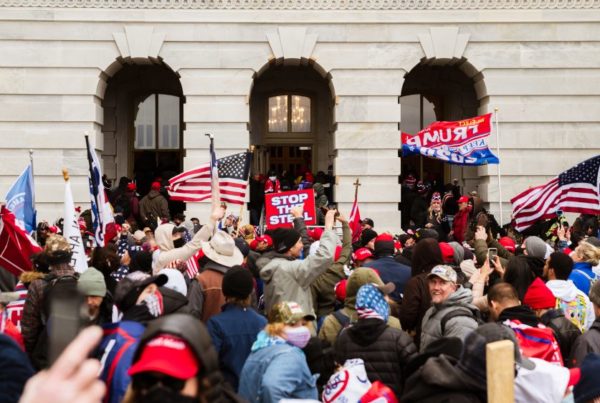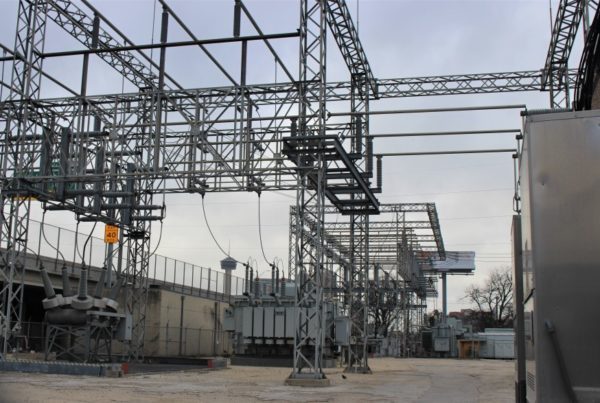Texas ratified the 19th Amendment – which gave the women the right to vote – in June of 1919. It became the first state in the south to do so. A new documentary airing on PBS stations across Texas and the United States tracks the effort required to make that happen. “Citizens At Last: Texas Women Fight For The Vote” is also available to stream online.
Producer Ellen C. Temple says the title for the film comes from a statement by an Austin suffragist named Jane Y McCallum.
“She wrote later that when she stepped out of that voting booth for the first time, her thought was, ‘With what high hopes and enthusiasms, I stepped forth into a world in which we were citizens at last.’ And that statement still gives me a thrill,” Temple said. “I want us all, everybody in the United States who is a citizen, to have that feeling after they vote.”
Temple says the story of how Texas women earned the right to vote is unique and that the story began in part with the expansion of the railroad.
“Texas was a rural state and people largely lived in what they called island communities, they were isolated communities,” Temple said. “But then when the railroad moved in after the Civil War, it helped open Texas and it made it possible for suffrage leader Miriam Folsom to travel into Texas in the 1880 and speak to all these small communities about the importance of the ballot for women.”
It was the urbanization of Texas that also sparked some of the primary issues that led women to fight for the right to participate in elections.
“When they moved to the cities, they no longer had their own cow or their own garden and they needed the regulations that allow or demand clean milk, clean water, uncontaminated meat,” Temple said. “And so, they had to depend on city council members to make that happen, but they could not vote for those city council members. In fact, Minnie Fisher Cunningham, who was the leader in the final push for ratification of the 19th Amendment here is Texas, she said that she rode into the suffrage movement on a sea of bad milk.”
But that ride to victory was not evenly distributed.
“Citizens At Last” producer and director Nancy Schiesari and co-writer Laura Furman present Texas as a “transnational” state.
“And that’s a really interesting way for us to enter the film and to be able to include women who are outside of Austin, women on the border like Jovita Idar,” Schiesari said.


